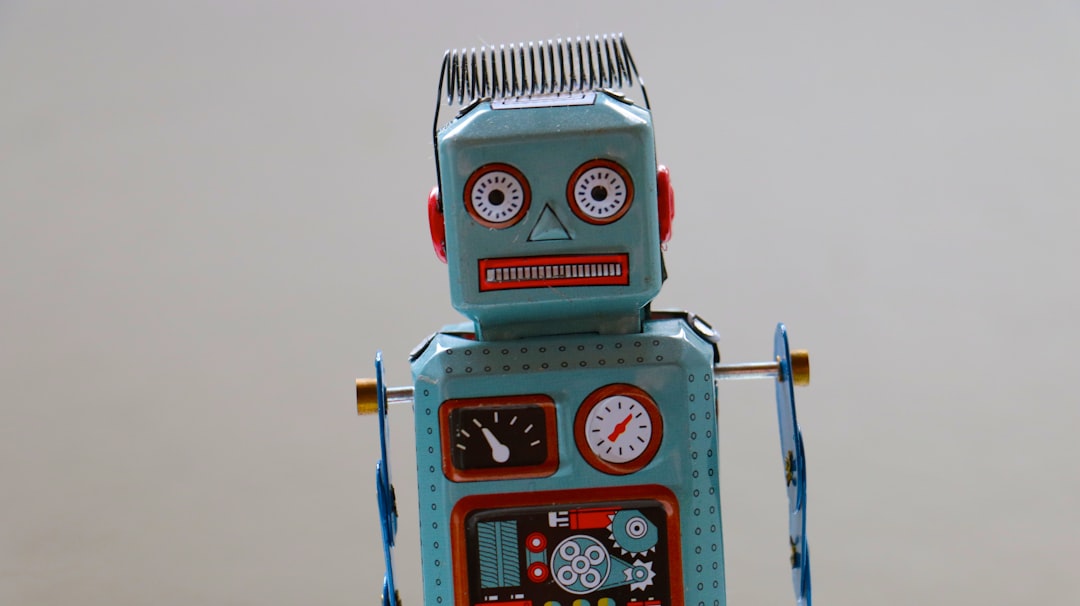Agility Robotics, a company known for its innovative humanoid robots, has reportedly raised an impressive $400 million in funding. This significant investment is a testament to the potential of robotics technology and the increasing demand for advanced robotics solutions in various industries.
The company’s humanoid robots are designed to be highly agile and versatile, able to navigate complex environments and perform a wide range of tasks. This makes them ideal for applications in industries such as logistics, healthcare, and public safety, where automation and robotics can greatly enhance efficiency and productivity.
One of the most impressive features of Agility Robotics’ robots is their ability to mimic human movements with remarkable precision. This is achieved through advanced sensors, actuators, and artificial intelligence algorithms that allow the robots to interact with their surroundings and perform tasks with a high degree of accuracy.
The $400 million in funding raised by Agility Robotics will undoubtedly accelerate the development and commercialization of their humanoid robots. This will enable the company to bring their innovative technology to market faster and expand their presence in various industries.
The investment also speaks to the growing interest in robotics and automation technologies among investors. As industries look for ways to improve efficiency, reduce costs, and enhance safety, robotics solutions are becoming increasingly important. Companies like Agility Robotics are at the forefront of this trend, developing cutting-edge technology that has the potential to transform various industries.
Overall, Agility Robotics’ $400 million funding round is a significant milestone for the company and the field of robotics as a whole. With their advanced humanoid robots and innovative technology, they are well positioned to lead the way in the automation revolution and shape the future of various industries. This investment will undoubtedly fuel their growth and enable them to continue pushing the boundaries of what robotics can achieve.





